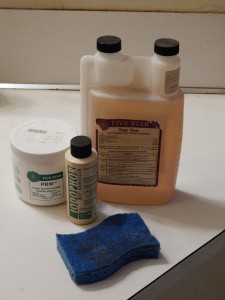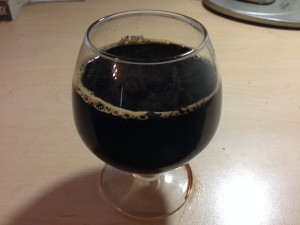 Here is my recipe for Vienna lager. It employs a single decoction mash for wort production and uses kräusening to produce a crisp lager beer without that “homebrew lager” flavor. It takes a little extra effort to make, but results in an excellent “all-around” beer.
Here is my recipe for Vienna lager. It employs a single decoction mash for wort production and uses kräusening to produce a crisp lager beer without that “homebrew lager” flavor. It takes a little extra effort to make, but results in an excellent “all-around” beer.
Wiener Blut
Vienna Lager
by Chris Colby
All-grain; English units
DESCRIPTION
An all-around, well-balanced amber lager. Malty, from Vienna malt and a single decoction mash, but also hopped enough to provide balance. Moderate body and carbonation.








Recent Comments